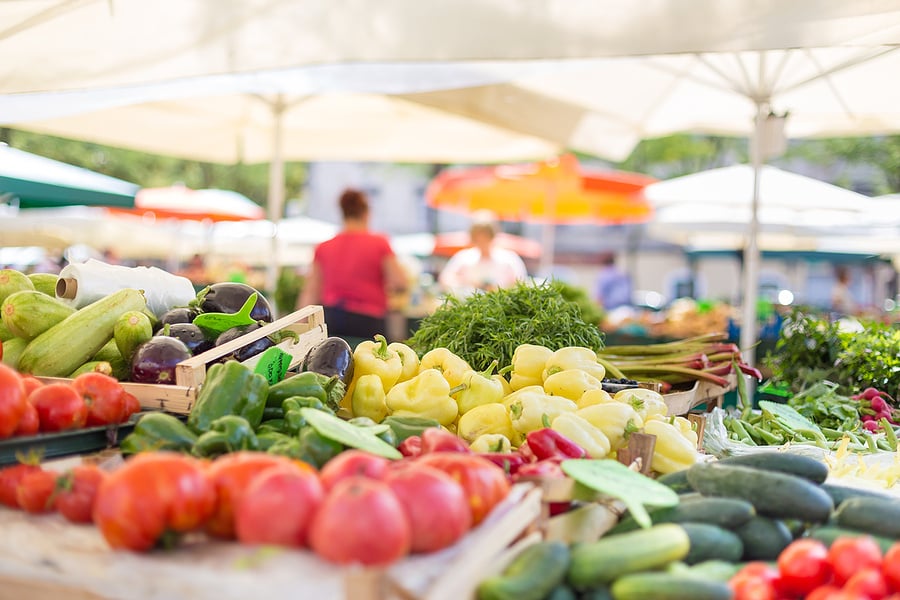The hurricane season officially began on June 1, 2020, but history has taught us that the most active part of the season in Southwest Florida lands in August, September, and October of every year. The devastating damage that hurricanes can bring is something that no one wants to experience, so it is always a good idea to be prepared and protect yourself, your family, and your home. This guide will aid in practicing hurricane awareness and preparedness so you can rest assured that you are taking the necessary steps to protect what’s important.
Protecting Loved Ones
The best way to protect yourself and your family is to stay ahead of the weather. Watch weather reports carefully so you can be one of the first to know what’s to come. For the most part, we’ll experience the sunny weather to which we are all accustomed, but if a hurricane is on its way, you’ll want as much time as possible to prepare.
The next thing you’ll want to do is have a communication plan. Sit down with your spouse, children, or any other members of your household, to discuss how you will be in contact with each other should you be in different areas when the storm hits. This is also the time to discuss any evacuation plans. Watch news reports to see if you are in an evacuation area and find where the nearest emergency shelter is located. If you have any out-of-town friends or family, give them a call to see if they would be willing to share their home with you instead of going to the shelter. Once that has been established, determine the best route to their home or the shelter, as well as a backup route in case your evacuation route has been jeopardized by the weather. You also want to prepare any evacuation plans for your pets so they can be safe during the storm.
Finally, you will want to put together a hurricane kit. This kit will include many things that will keep you comfortable if the storm keeps you at home for a day or two, you lose power temporarily, or you find yourself away from home. Your kit should include:
- Non-perishable food (enough to last at least 3 days)
- One gallon of water per person per day (enough to last at least 3 days)
- Additional water for food preparation and sanitation
- First-aid kit (include at least three days’ worth of any prescription medication you may need, as well as aspirin or non-aspirin medication, insect repellent, and itch-relief cream)
- Personal hygiene items and sanitation items
- Flashlights
- Battery operated radio
- Extra batteries (include all of the sizes needed for every device)
- Waterproof container with cash and important documents, such as your personal family records, homeowner’s and flood insurance policies, and an inventory of valuable household goods
- Manual can opener
- Lighter or matches
- Books, magazines, or any games that will keep everyone entertained (remember: prepare to not have any electricity just in case)
- Special needs items: baby supplies and pet supplies, if applicable
- Cooler and ice packs
This is a basic kit that will keep you prepared during a storm. For a more extensive kit, you can add a generator, charcoal grill (with a supply of charcoal), duct tape for temporary fixes, hand tools, and a fire extinguisher.
Protecting Your Home

Now that we have you situated and ready to tackle any storm, let’s make sure your luxury custom home is properly secured as well. Hurricanes usually bring high winds, lots of rain, and possibly flooding, so make sure every vulnerable part of your home is protected.
Windows: Cover your windows with either hurricane shutters or wood. Back in the day, many people thought tape was enough and although tape will keep the shattered glass from getting everywhere, it will not protect your window from breaking. These precautions should be extended to all glass entryways, including skylights, sliding glass doors, French doors, etc.
Doors: Be prepared to brace the doors from within your home should the winds get too strong. It is also a good idea to strengthen garage doors with retrofit kits.
Roof: Your roof is the most vulnerable part of your home when it comes to high winds. If possible, secure it by placing straps or clips from the roof to the structure of your home. It may also be a good idea to have your roof inspected ahead of time to determine if reinforcement is necessary.
Outdoors: Make sure all trees and shrubs are trimmed and pick up any debris that may have scattered throughout your yard. It is also a good idea to clear rain gutters and anchor any large objects that cannot be brought indoors. Anything that can be transported should be brought indoors for safe-keeping. Lawn furniture, toys, garden tools, grills, garbage cans, decorations, or anything else that is not tied down should be brought inside so it does not get blown away or used as a projectile.
Being aware of the weather forecasts and knowing what you can do to protect yourself and everything that is important to you is the best way to avoid the destruction these storms can cause. If these steps are a little overwhelming, remember that you can always rely on a home watch company to make certain preparations for you. London Bay Homes’ Home Watch and Estate Management department offers these services for their clients and their Southwest FL luxury homes. Contact us for more information on how we can help.




-1-1.png)


